If you're searching for an authentic jerk spice recipe with precise measurements, you've found it. This traditional Jamaican blend combines seven essential ingredients in exact proportions to deliver the smoky, spicy, and aromatic flavor profile that defines true jerk cuisine. Follow this recipe for guaranteed results that capture the essence of Caribbean cooking.
Authentic Jerk Spice Recipe (Yields 1/2 cup):
- 2 tablespoons allspice berries, freshly ground
- 1½ tablespoons dried thyme
- 1 Scotch bonnet pepper, seeds removed, finely minced (or 1 teaspoon cayenne for milder version)
- 1 tablespoon garlic powder
- 1 tablespoon onion powder
- 1½ teaspoons ground ginger
- 1 teaspoon cinnamon
- 1 teaspoon nutmeg
- 1½ teaspoons salt
- ½ teaspoon black pepper
Mix all ingredients thoroughly. Store in an airtight container away from light. Use within 3 months for peak flavor.
Why This Recipe Matches Authentic Jamaican Tradition
Unlike many oversimplified versions found online, this recipe preserves the balance of flavors that define genuine jerk seasoning. The 2:1.5 ratio of allspice to thyme is critical - allspice provides the warm, peppery-clove foundation while thyme adds earthy complexity. Most commercial blends get this wrong, using too much heat and not enough allspice.
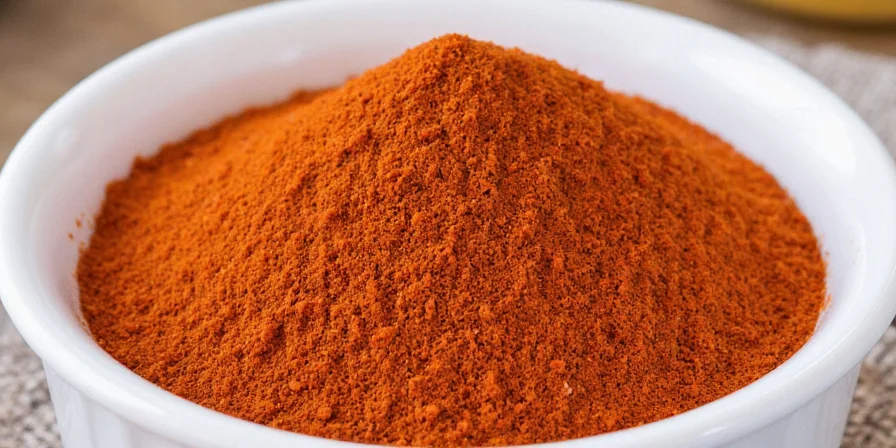
The Origins: How Jerk Spice Became a Cultural Icon
Jerk spice's history traces back to Jamaica's Maroon communities - formerly enslaved Africans who escaped into the Blue Mountains in the 17th century. They developed this preservation technique using locally available ingredients: Scotch bonnet peppers for heat, allspice (native to Jamaica) for preservation, and slow-smoking over pimento wood. This method allowed them to store meat without refrigeration while creating distinctive flavors.
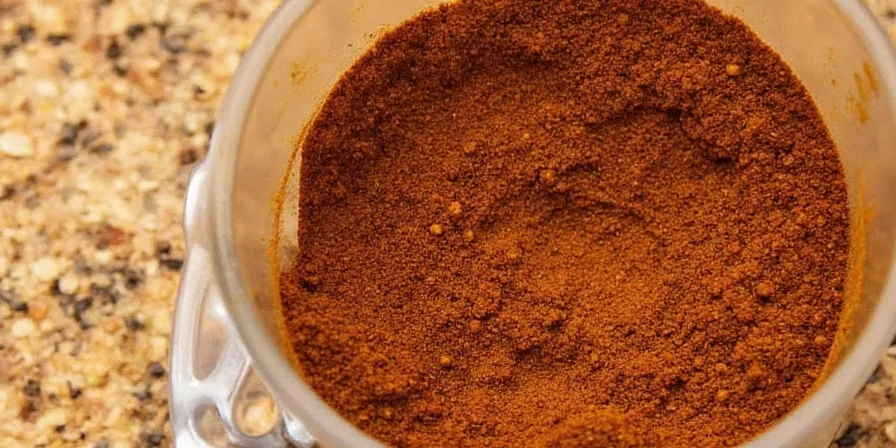
Precision Measurements: What Makes Authentic Jerk Spice
The magic of jerk spice lies in the specific ratios of ingredients. Here's why each component matters and the exact measurements that make the difference between ordinary and extraordinary:
| Ingredient | Exact Measurement | Culinary Purpose |
|---|---|---|
| Allspice berries | 2 tablespoons | Primary flavor base; provides warm, peppery-clove notes |
| Dried thyme | 1½ tablespoons | Essential herbal balance; too little makes it harsh, too much overpowers |
| Scotch bonnet pepper | 1 pepper (minced) or 1 tsp cayenne | Fruity heat; seeds removed controls intensity while maintaining flavor |
| Garlic powder | 1 tablespoon | Deep savory notes without burning during cooking |
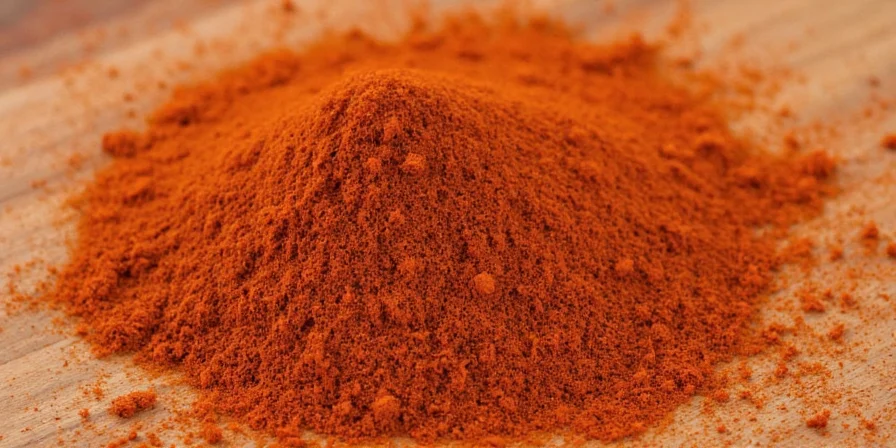
Pro Application Techniques for Perfect Results
The 24-Hour Rest Method (Traditional Approach)
For authentic results: Combine 3 tablespoons jerk spice with ¼ cup lime juice, 2 tablespoons oil, and 1 tablespoon brown sugar. Massage into chicken or pork, then refrigerate for 24 hours before cooking over indirect heat. This allows enzymes in the Scotch bonnet to tenderize meat while flavors penetrate deeply.
Jerk Butter Recipe (Restaurant-Style)
Mix 2 tablespoons jerk spice with ½ cup softened butter, 1 minced garlic clove, and 1 tablespoon fresh thyme. Roll into a log, chill, and slice onto grilled meats. This technique delivers intense flavor without burning spices during cooking.
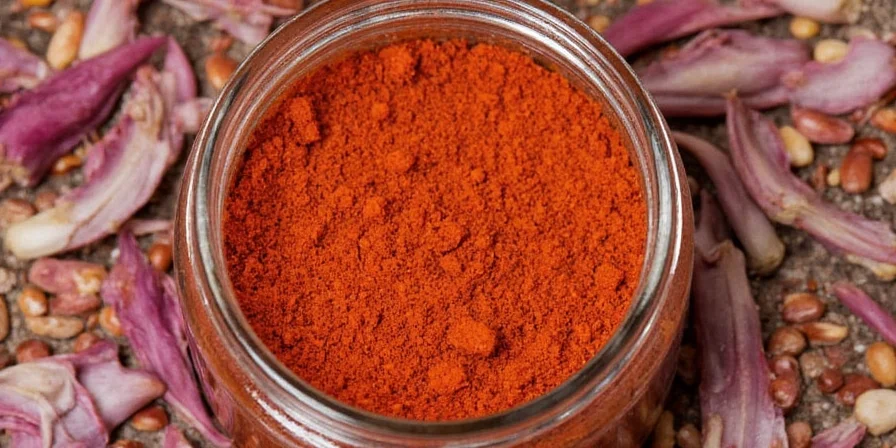
5 Science-Backed Tips for Jerk Mastery
- The Allspice Ratio is Non-Negotiable: Authentic jerk maintains a 4:3 ratio of allspice to thyme. Altering this creates a different flavor profile entirely.
- Remove Pepper Membranes: The white ribs contain 80% of the heat but minimal flavor. Removing them gives authentic jerk heat without overwhelming bitterness.
- Dry vs. Wet Matters: Use dry rub for grilling (prevents burning), wet marinade for slow cooking (enhances tenderness).
- Wood Smoking Secret: Pimento wood is traditional, but allspice berries in smoker boxes create similar flavor when authentic wood isn't available.
- Salt Timing: Add salt in the final 30 minutes of marinating to prevent meat from becoming tough.
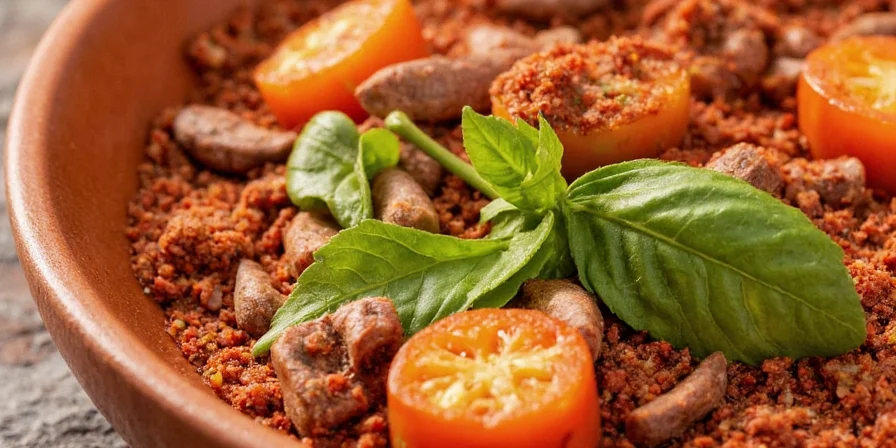
Jerk Spice Authenticity Test: Spot Fake Blends
Most commercial "jerk" products miss the mark. Here's how to identify authentic versus compromised blends:
| Authentic Jerk Characteristics | Inauthentic Jerk Signs | Why It Matters |
|---|---|---|
| 2:1.5 ratio of allspice to thyme | Thyme dominant or allspice minimal | Allspice is Jamaica's native spice - it's the foundation |
| Scotch bonnet (not just generic "hot pepper") | Cayenne or chili powder as primary heat | Scotch bonnet provides unique fruity notes |
| No liquid smoke or artificial flavors | "Natural smoke flavor" listed | Traditional jerk gets smokiness from wood fire |
| Minimal salt (added during cooking) | Salt as first or second ingredient | Traditional preparation adds salt later |
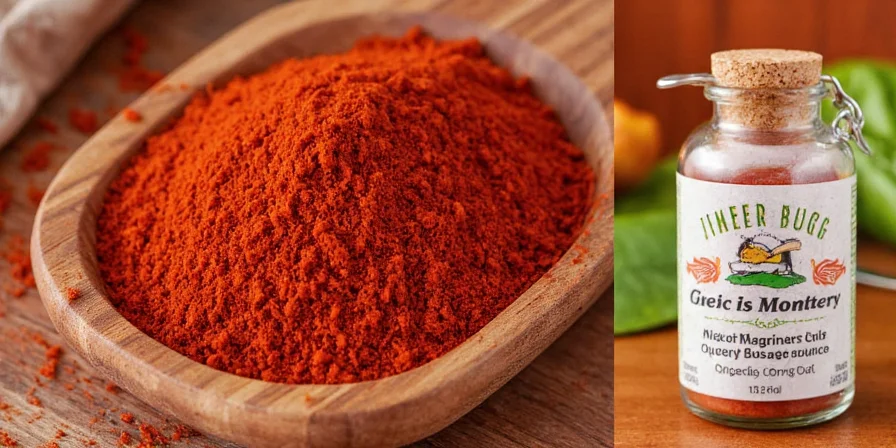
Your Authentic Jerk Journey Starts Now
With these precise measurements and professional techniques, you're equipped to create genuinely authentic jerk spice that honors its Jamaican roots. The key is respecting the traditional ratios - particularly the critical allspice to thyme balance that defines real jerk flavor.
Start with this recipe exactly as written, then experiment once you've mastered the foundation. Remember: authentic jerk isn't about maximum heat, but the complex interplay of warm spices, herbal notes, and subtle fruitiness that makes Caribbean cuisine so distinctive.
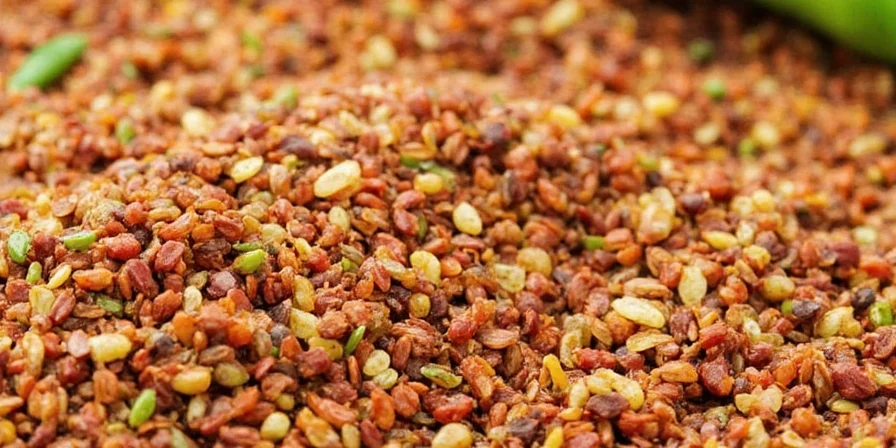
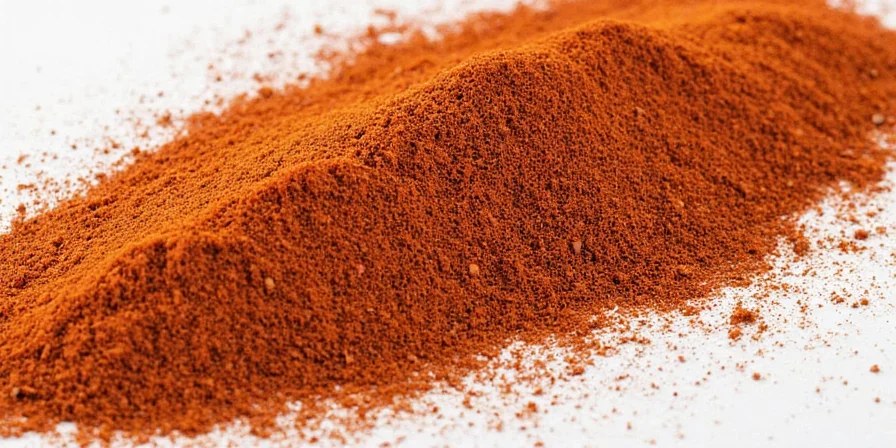
Frequently Asked Questions
What's the most common mistake when making jerk spice?
Using too much heat source (Scotch bonnet) and not enough allspice. Authentic jerk maintains a 2:1.5 ratio of allspice to thyme - this balance creates the distinctive flavor. Many home recipes overemphasize heat at the expense of the warm, complex spice base.
Can I use whole allspice berries instead of pre-ground?
Yes, and it's highly recommended. Freshly grinding whole allspice berries releases volatile oils that pre-ground versions lose. Use a spice grinder or mortar and pestle for best results. Measure whole berries before grinding to maintain proper ratios.
How does authentic jerk differ from commercial blends?
Authentic jerk has precise ratios (particularly the 2:1.5 allspice to thyme ratio), uses Scotch bonnet specifically (not generic hot peppers), and contains no liquid smoke (traditional flavor comes from pimento wood smoking). Commercial versions often prioritize heat over complexity and use shortcuts like liquid smoke.
What's the best way to test if my jerk spice is authentic?
Cook it using traditional methods: rub on chicken, refrigerate 24 hours, then cook over indirect heat. Authentic jerk develops complex flavors after resting - if it's one-dimensionally hot or bitter, the ratios are likely wrong. The aroma should feature warm allspice notes first, heat second.
Why do some recipes include cinnamon and nutmeg?
These are authentic additions in some Jamaican regions, but in precise amounts (1 tsp cinnamon, 1 tsp nutmeg per ½ cup blend). They add complexity without overpowering. Avoid recipes where these are primary ingredients - allspice should dominate the warm spice profile.

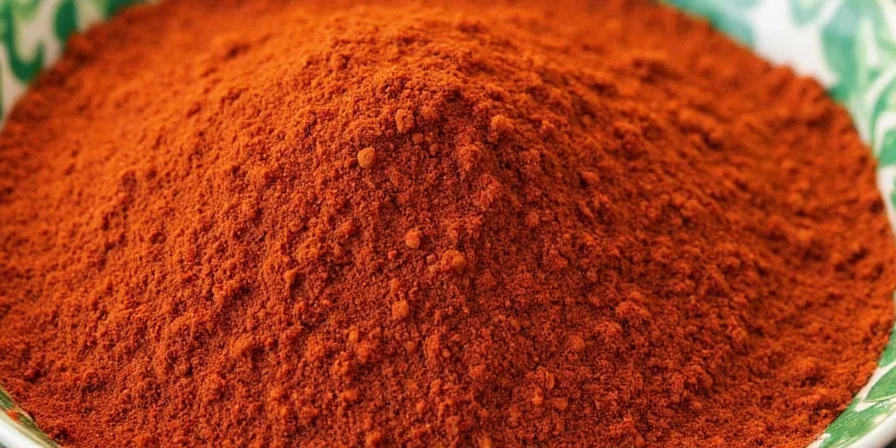









 浙公网安备
33010002000092号
浙公网安备
33010002000092号 浙B2-20120091-4
浙B2-20120091-4